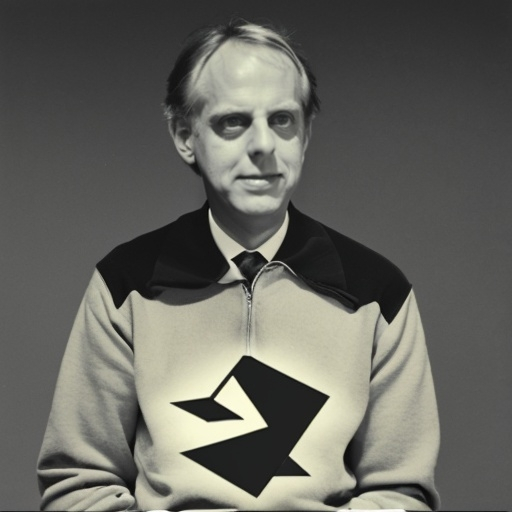Tape Music and the European Centers:
The French and German schools of thought in electronic music
Phonogram, recorded music, sampling: How did people create electronic music before the advent of computers, analog synthesizers, and electric guitars? Who were the pioneers who first harnessed the power of electrons to make music, and what drove them to do so? From instruments as large as buildings to mysterious "air" oscillators, we’ll journey through the early days of electronic musical instruments. However, it’s crucial to remember that no machine, despite its complexity, is a magical solution. We must not expect our electronic devices to compose music for us. Just as good and bad music have been created using traditional instruments, the same holds true for electronic music.
The French and German schools of thought in electronic music represent two distinct approaches: the French, epitomized by pioneers like Pierre Schaeffer, focuses on musique concrète, emphasizing the manipulation of recorded sounds and treating sound itself as the primary material. In contrast, the German school, with figures such as Karlheinz Stockhausen and Kraftwerk, is characterized by its emphasis on synthesizers and electronic instruments to generate and manipulate sounds, leading to innovations in electronic composition and technology. While the French approach centers on artistic transformation of existing sounds, the German approach prioritizes technological advancement and the creation of new electronic soundscapes.
